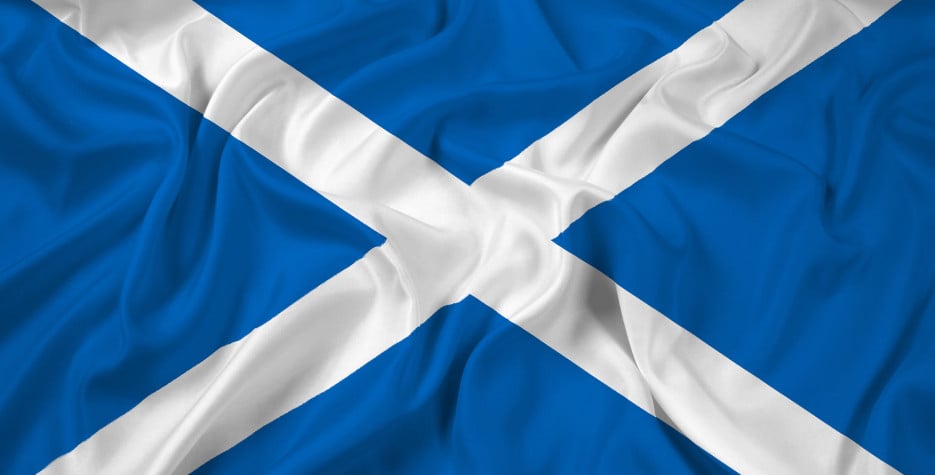When is Saint Andrew's Day?
St. Andrew's Day is the feast day of Saint Andrew.
The day is celebrated annually on November 30th, as this is the generally accepted date of St. Andrew’s death in 60 AD.
St. Andrew's Day ('Là Naomh Anndrais' in Scottish Gaelic) is Scotland’s National Day.
In 2006, the Scottish Parliament designated St. Andrew's Day as an official bank holiday, but banks are not required to close and it is left to employers to decide whether to give their staff a day off. Employers are not required by law to give employees a holiday on the St. Andrew's Day bank holiday.
Since 2002, the Saltire or Saint Andrew’s Cross (Scotland’s flag since 1521) must be flown from all Scottish Government buildings with a flagpole.
If November 30th falls on a weekend, the next Monday is a bank holiday instead.
Who was Saint Andrew?
St. Andrew was one of the Twelve Disciples of Jesus (Apostles) and was originally a fisherman like his brother, St. Peter. St. Andrew was Jesus' first disciple and is credited with spreading the gospel to Romania, Greece and Russia.
In 60 AD, he was preaching in Patras, where he baptised the wife and brother of the Governor, Aegeus. The Governor was so incensed by this, that St. Andrew was arrested and crucified.
It is believed that Andrew died on a diagonally transversed cross which the Romans sometimes used for executions and which, therefore, came to be called St. Andrew's cross. It is said that Andrew could have been crucified on a standard cross, but didn't see himself as worthy enough to die in the same manner as Jesus.
How did this Galilean fisherman become the Patron Saint of Scotland?
Andrew became the patron saint of Scotland around the middle of the 10th century. Legend states that a monk called Regulus (St. Rule) brought the relics of Andrew (his kneecap, arm and fingerbone) from Constantinople to the small coastal village of Kilrymont - where the modern town of St Andrews stands today.
St Andrew’s Day celebrations in Scotland are thought to date back to the 11th century and the reign of Malcolm III, who moved the Samhain festival ( Halloween) to coincide with this date in order to make sure enough animals were kept alive for winter stocks.
Legend says that the Pictish King Oengus I built a monastery in Kilrymont to house the relics. St Andrew was made the patron saint of Scotland after the king's descendant, Oengus II, prayed to St Andrew on the eve of a crucial battle against English warriors from Northumberland, around 20 miles east of Edinburgh.
Heavily outnumbered, Oengus II told St Andrew that he would become the patron saint of Scotland if he were granted victory. On the day of the battle, clouds are said to have formed a saltire in the sky, and Oengus's army of Picts and Scots were victorious.
The Saltire flag - a white cross on a blue background - is said to have come from this divine intervention and has been used to represent Scotland since 1385.
Later, St Andrews Cathedral was built to house the relics in 1318, but both the cathedral and the relics were destroyed during the Scottish Reformation in the 16th century.
To help restore the sanctity of St Andrews, the Archbishop of Amalfi (Italy) donated a piece of the saint’s shoulder blade, which now resides at St Mary's Metropolitan Cathedral, Edinburgh in a national shrine.
In addition to Scotland, Andrew is the patron saint of Barbados, Cyprus, Greece, Romania, Russia and Ukraine.
Video
The story of St. Andrew (from www.scotland.org)


